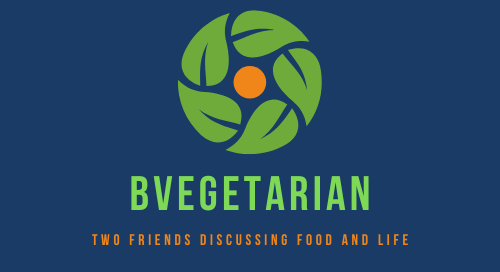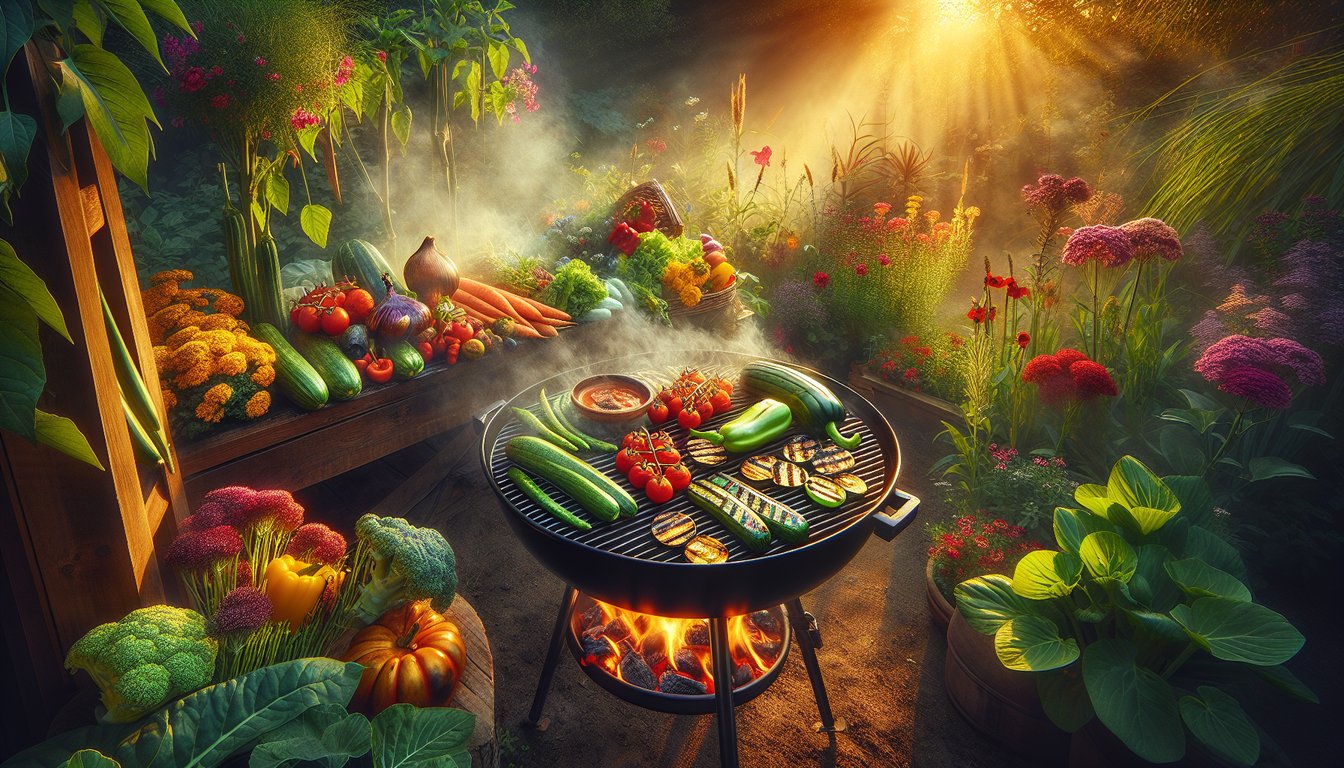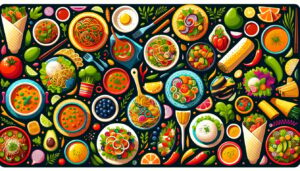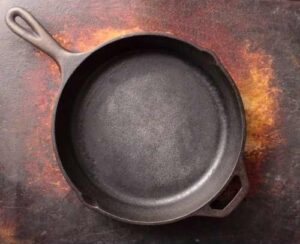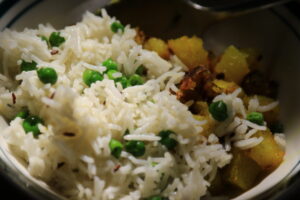Welcome to the sun-drenched days of summer where the aroma of a sizzling grill is as quintessential as the sound of waves crashing on the beach. For the green-hearted grilling enthusiasts among us, fear not, for the art of vegetarian grilling is here to elevate your outdoor dining experience. Swapping out the traditional meat for vibrant veggie creations doesn’t mean sacrificing flavor—far from it! Join us as we explore culinary strategies that will have your grill working overtime and your guests coming back for seconds.
The Art of Vegetable Grilling
Grilling vegetables is an art that brings out the natural sugars, creates tantalizing char marks, and gives a smoky edge to your summer favorites. Here are the techniques that will ensure your produce is nothing short of perfection:
- Pre-Grill Treatment: Toss your veggies in a light coating of oil with a sprinkle of salt. This not only prevents sticking but also enhances the flavor profile.
- Temperature Mastery: Use direct and indirect heat wisely. Start on high heat for those beautiful grill marks, then move to a cooler part to cook through without burning.
- Timing is Everything: Different vegetables require different cooking times. A bell pepper might enjoy the heat longer than a delicate zucchini.
The Plant-Based Burger Phenomenon
In recent years, the plant-based burger has taken the culinary world by storm. Achieving the perfect grill on a veggie burger is crucial for texture and taste:
- Initially, grill over high heat to form a crust.
- Flip it once, and only once, to maintain integrity.
- Top with vegan cheese during the last minute for a melty finish.
Marinades and Spices
A marinade can transform your grilled vegetables from simple to sublime. Combine olive oil, balsamic vinegar, garlic, herbs, and a touch of lemon juice to create a marinade that complements almost any vegetable. For inspiration, check out Food Network’s 50 Marinades for ideas.
Infusing Flavors with Spices
Spices do more than add flavor—they’re packed with nutrients that benefit your health. For instance, turmeric‘s anti-inflammatory properties make it a powerhouse addition to your grilled feast. Here’s how to maximize the potential of spices:
- Blend spices like cumin, coriander, and paprika into your marinades.
- Experiment with seasoning mixes like Za’atar or Garam Masala for a global twist.
- Remember, a little goes a long way; start with a pinch and adjust to taste.
Health Benefits of Vegetarian Grilling
Engaging in vegetarian grilling is not only a treat for your palate but also a boon for your health. Grilling amplifies the natural flavors, reducing the need for sodium-heavy sauces. Additionally, you’ll be consuming more antioxidants and fiber, crucial for a healthy lifestyle. For an in-depth look at the health benefits of plant-based diets, visit Harvard Health Publishing.
As we wrap up our journey through the delicious world of vegetarian grilling, remember that patience and creativity are your best tools. Whether it’s mastering the perfect grill marks on your bell peppers or inventing the ultimate veggie burger, the possibilities are limitless. So fire up that grill, experiment with new techniques, and enjoy the bounty of summer in the most healthful way possible. Visit bvegetarian for more tips, recipes, and inspiration!

